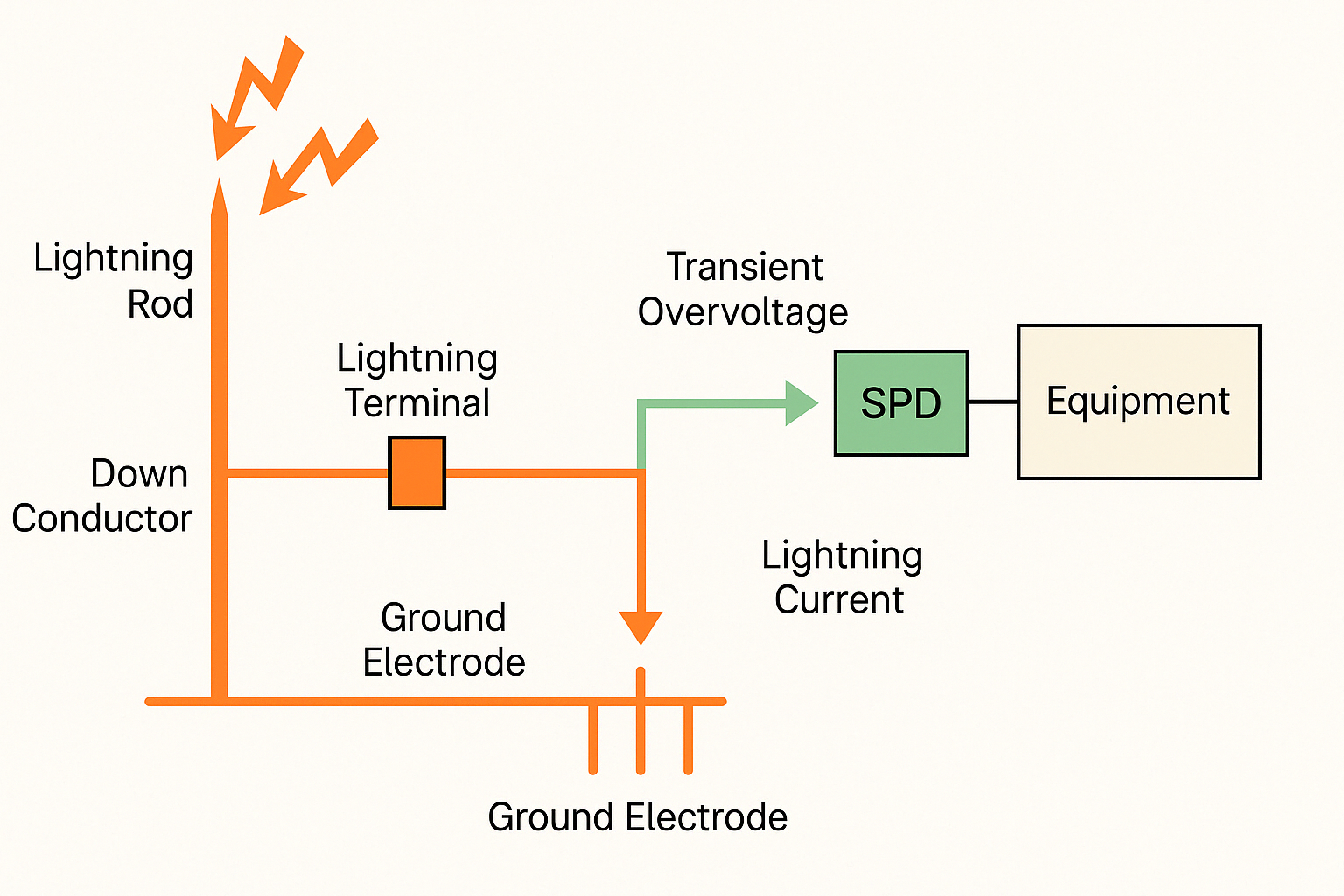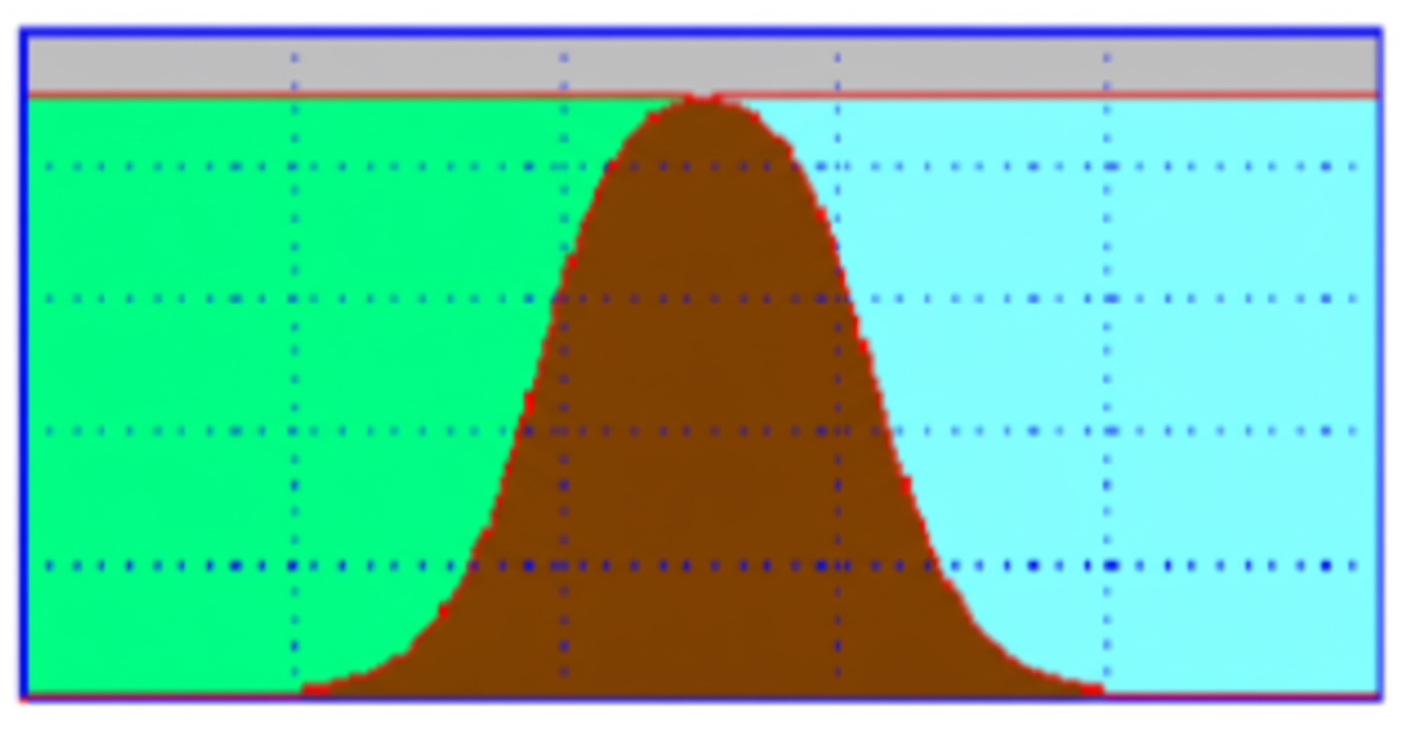Overview
The three elements of electromagnetic interference are the interference source, the coupling path, and the interference receiver. EMC addresses these issues. The basic interference suppression techniques are shielding, filtering, and grounding, which mainly serve to break the interference transmission paths.
This article discusses EMC filtering. Common filtering approaches used in EMC mitigation are reviewed below, together with practical considerations for their use.
Magnetic Filtering
Magnetic filtering suppresses the propagation and reflection of high-frequency noise by introducing magnetic components into the circuit. Common magnetic components include toroids, ferrite rods, and coils.
- Frequency range: The frequency characteristics of magnetic filters limit the range of interference frequencies they can effectively suppress. When selecting a magnetic filter, determine the required suppression frequency range and choose an appropriate filter.
- Filter type: Different magnetic filter types perform differently depending on the interference source. For example, ferrite ring filters are typically suitable for high-frequency noise, while coil-based filters are more suitable for lower-frequency noise. Consider the characteristics of the interference source and the filter when selecting a filter type.
- Placement: Install magnetic filters between the interference source and the affected device to effectively filter the interference. Avoid placing magnetic filters in high-temperature or high-vibration environments to ensure reliability and stability.
- Ground connection: Ground connections have an important effect on magnetic filter performance. Correct grounding can enhance filter performance, improve suppression, and reduce electromagnetic interference.
Capacitive Filtering
Capacitive filters introduce capacitive elements into the circuit to divert high-frequency currents to ground, reducing radiation and propagation of electromagnetic interference.
- Capacitor type: Capacitors come in different types, such as tantalum electrolytic, aluminum electrolytic, and ceramic capacitors. Different capacitor types perform differently across frequency ranges, so choose the type appropriate for the application.
- Frequency range: The frequency characteristics of capacitive filters limit the range of interference frequencies they can effectively suppress. Determine the required suppression frequency range and select a suitable filter.
- Capacitance value: The capacitance value directly affects filtering performance; larger capacitance generally improves filtering. Avoid selecting excessively large capacitance values that could negatively affect normal circuit operation.
- Temperature characteristics: Capacitor capacitance varies with temperature. In high-temperature environments the effective capacitance may decrease, affecting filter performance. Consider temperature stability and select capacitors with suitable temperature characteristics.
Impedance Filtering
Impedance filters introduce impedance elements into the circuit so the circuit presents high impedance at specific frequencies, reducing or eliminating interference and noise. Common impedance elements include inductors and transformers.
- Frequency range: The frequency characteristics of impedance filters limit the interference frequencies they can effectively suppress. Determine the required suppression frequency range and select a suitable filter.
- Impedance type: Different impedance elements behave differently for different interference sources. For example, inductors are suitable for high-frequency noise, while transformers are more appropriate for lower-frequency noise. Choose the impedance type based on the interference source characteristics and filter properties.
- Impedance matching: Filter performance is affected by impedance matching. If impedances are mismatched, filter effectiveness can be significantly reduced. Ensure impedance matching when designing and installing impedance filters and use appropriate connection methods.
- Placement: Install impedance filters between the interference source and the affected device to effectively filter interference. Avoid placing impedance filters in high-temperature or high-vibration environments to ensure reliability and stability.
- Ground connection: Adequate ground connections are key to ensuring impedance filter performance. Correct grounding can enhance performance, improve suppression, and reduce electromagnetic interference.
Band-Pass Filtering
Band-pass filters allow signals within a specific frequency range to pass while suppressing signals outside that range.
- Center frequency: The center frequency of a band-pass filter is the desired pass frequency and should be selected appropriately.
- Bandwidth: The filter bandwidth defines the passband frequency range and should be chosen to match the application requirements.
- Passband and stopband: The passband is the frequency range that is allowed through; the stopband is the range that is suppressed. Select passband and stopband ranges according to the application.
- Filter type: Band-pass filters come in various types, such as second-order filters, Butterworth filters, and Chebyshev filters. Different types offer different performance characteristics, so choose the type suitable for the specific application.
- Frequency response: The frequency response affects filter performance. To ensure signal quality, design for a response that is as flat as possible without undesirable resonances.
- Stability: Maintain stable performance by selecting quality components and using appropriate circuit layout to preserve frequency and amplitude stability.
- Temperature variation: Band-pass filter performance can drift with ambient temperature changes; consider environmental temperature effects in practical use.
Summary
Filtering is a common method for addressing EMC issues. Effective EMC mitigation requires a comprehensive understanding of the problem, planning, implementation, validation of results, continuous improvement, and appropriate management. This process is necessary to address electromagnetic compatibility issues and improve a system's EMC performance.
 ALLPCB
ALLPCB








